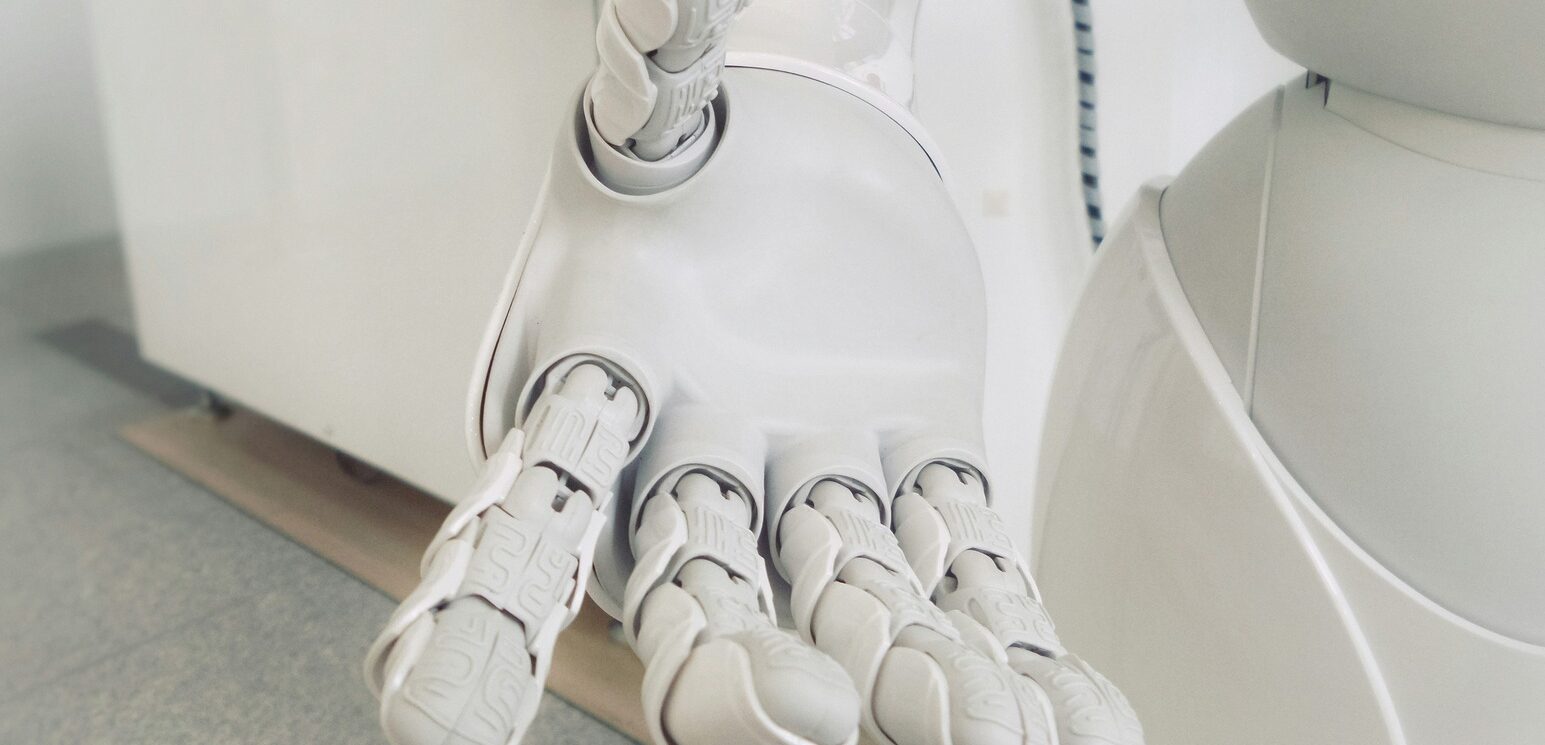The world is currently surrounded by robots. These bots facilitate the production and manufacturing of products and services. They help us perform basic tasks such as washing dishes, making espresso coffee, and collecting payments using Kioks. These bots have been part of our everyday life in mainstream society, even though we do not see artificial intelligence machines as robots. Part of the reason is that these bots do not look like humans! If you’ve seen iRobot, you are familiar with humanoid robots with artificial intelligence that exist to serve human kind. Most recently, Elon Musk announced his Tesla’s Optimus robot, which is meant to look and act like a human does.
What is the Optimus Robot?
An Optimus robot is an autonomous computerized humanoid machine that can sensor the environment and perform actions using artificial intelligence. Tesla states that the robot can use natural language processing (NLP) to understand and interact with humans. Programmers will program the robot by using modern C++ and Python such as (Numpy and PyTorch) and use deep learning systems and applications.

What does the Optimus Robot Do?
The Optimus robot can make human-like movements with a physical mechanical body. Built In states that these bots can perform movements such as squatting, sorting objects, balancing, lifting objects, and squeezing objects. These robot can dance, pick up an egg, and sweep. They can also problem-solve and make decisions. Ultimately, these robots are supposed to behave like Rosey the Robot from The Jetsons or XJ-9 from My Life as a Teenage Robot, but are not quite there yet.
What is the Workforce Purpose of these Robots?
At the moment, there are speculations that these Optimus robots will replace human workers in the future. They will be performing tedious, boring, and repetitious tasks in factories and service-oriented businesses. For instance, these robots may replace factory workers at warehouses. They will be able to perform tasks such as assembling, repairing, maintaining, inspecting, handling, and shipping. Also, you can imagine one of these robots asking you, “Can I take your order?” at a local fast food restaurant. Or, you can imagine the robot being a ticket agent at airports and concert venues.
Are these Robots Ready to go on the Market?
Elon Musk is envisioning 10 billion robots walking around by 2040 costing around $20-$25,000 each. Yet, it is not clear if these robots will be ready by then. Recently, Cybernews reported that attendants of the “We, Robot” event criticized the robots for being controlled by humans. Now, in defense of the robot, being able to tell (or program) the robot what to do might be perceived better by the public than having a robot acting autonomously by doing what it wants to do. While Optimus is not the perfect autonomous robot at the moment, it is possible that by 2040, the next generations of humanoid robots may act like those from the iRobot movie. Now, whether businesses and individuals are ready for this upcoming humanoid robotic movement, is a different story.


